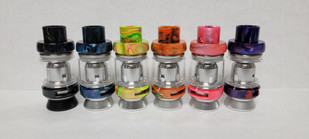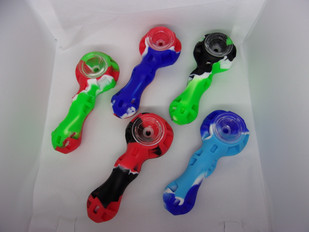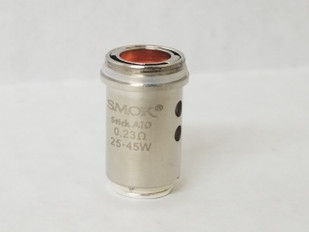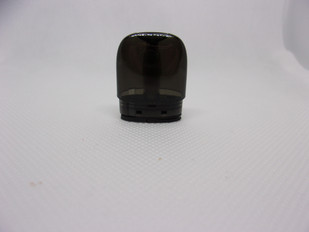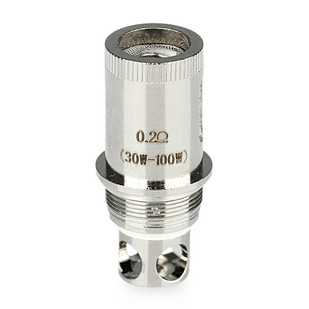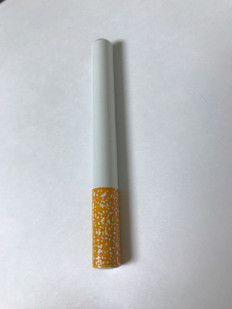- Home
- The Vape Mall Blog
- What is Polyethylene Glycol (PEG) and Why Shouldn’t It Be in CBD E-Liquids?
What is Polyethylene Glycol (PEG) and Why Shouldn’t It Be in CBD E-Liquids?
Posted by on
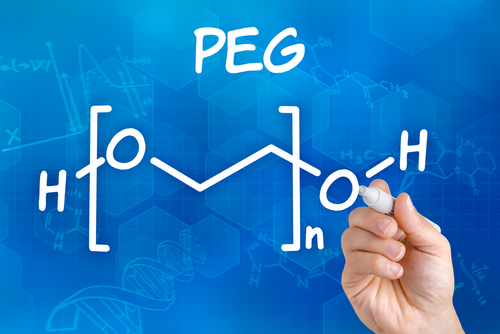 Polyethylene
glycol (PEG) is a polyether compound, a polymer made by
linking together units of ethylene glycol, a simple diol compound. It is widely used in various fields due to its
unique properties. However, when it comes to CBD products, specifically
CBD E-Liquids, you might have noticed a lot of brands
not using it. If you’re wondering why
this, continue reading on here.
Polyethylene
glycol (PEG) is a polyether compound, a polymer made by
linking together units of ethylene glycol, a simple diol compound. It is widely used in various fields due to its
unique properties. However, when it comes to CBD products, specifically
CBD E-Liquids, you might have noticed a lot of brands
not using it. If you’re wondering why
this, continue reading on here.
What is the Chemical Stricture and Physical Properties of Polyethylene Glycol (PEG)?
Polyethylene Glycol, aka, “PEG”, is composed of repeating units of ethylene glycol, connected by ether bonds. Its formula can be generally represented as H-(O-CH2-CH2)n-OH, where 'n' represents the number of repeating units. which can vary, leading to PEGs of different molecular weights. The "CH2" represents the ethylene group, and the "O" represents the oxygen atom that bridges the ethylene units, forming a polymeric chain. The molecular weight of PEG can be adjusted by controlling the number of ethylene glycol units in the polymer, resulting in PEGs with varying properties and uses.
Now, Polyethylene Glycol can be a liquid or a solid, depending on its molecular weight. Lower molecular weight PEGs are typically liquids, while higher molecular weights result in waxy solids. PEG is soluble in water, and even many organic solvents, making it quite versatile.
What is Polyethylene Glycol’s Biocompatibility and Uses in Medicine and Industrial Applications?
PEG is a water-soluble, non-toxic, and non-immunogenic compound that has found numerous applications in pharmaceuticals and biomedicine. Here are some key aspects:
Biocompatibility:
1.Non-Toxicity: PEG is generally considered safe and non-toxic when used in appropriate concentrations. It has a long history of use in pharmaceuticals and medical products without significant adverse effects.
2.Non-Immunogenicity: PEG does not typically induce an immune response in the body, making it suitable for use in drug formulations and medical devices that need to interact with biological systems.
3.Water Solubility: PEG is highly water-soluble, which makes it suitable for use in various aqueous-based medical applications.
4.Low Molecular Weight PEGs: Lower molecular weight PEGs are readily excreted by the kidneys, making them ideal for applications where rapid clearance from the body is desired.
Uses in Medicine:
1.Drug Delivery: PEG is commonly used in drug delivery systems to enhance the solubility and bioavailability of poorly soluble drugs. It can be conjugated to drugs or used as a part of drug formulations to improve drug delivery, stability, and controlled release.
2.Protein and Peptide Stabilization: PEG can be used to stabilize proteins and peptides, preventing denaturation and aggregation. This is particularly important in the development of biopharmaceuticals and vaccines.
3.Contrast Agents: PEG can be used to modify and enhance the properties of contrast agents used in medical imaging, such as MRI and CT scans, making them safer and more effective.
4.Wound Healing: PEG-based hydrogels and dressings are used in wound care and tissue engineering applications to promote wound healing and tissue regeneration.
5.Lubricants and Coatings: PEG is used as a lubricant and coating in medical devices such as catheters and surgical instruments to reduce friction and improve their performance.
6.Colonoscopy Preparation: PEG-based solutions are commonly used as laxatives to cleanse the colon before colonoscopy procedures.
7.Ophthalmic Applications: PEG is used in eye drops and ointments to increase the retention time of drugs on the ocular surface, improving their therapeutic effectiveness.
8.Diagnostic Assays: PEG can be used in diagnostic assays and tests, including polymerase chain reaction (PCR) and enzyme-linked immunosorbent assays (ELISA), to enhance their sensitivity and specificity.
Industrial Applications:
In the industrial realm, PEG is used in surfactants, in the manufacture of laxatives, and as a lubricant, among other uses. Its properties make it suitable for a variety of applications ranging from manufacturing processes to personal care products.
What is PEGylation?
PEGylation refers to the process of attaching PEG chains to other molecules, such as drugs or proteins. PEGylation can improve the stability and solubility of these molecules and has become a significant technique in the development of modern pharmaceuticals.
Essentially, PEGylation is used in the development of various pharmaceutical products, including PEGylated liposomes for drug delivery, PEGylated proteins or peptides for therapeutic use, and PEGylated small molecules to improve their pharmacological properties. It has been a valuable strategy in the design of biopharmaceuticals and drug delivery systems, helping to optimize their safety and efficacy profiles.
Why isn’t Polyethylene Glycol Typically Used in CBD Products?
As you can see, Polyethylene Glycol is commonly used in a variety of products, including pharmaceuticals and cosmetics, as a solvent, softener, and moisture-carrier. However, there are concerns about its use in CBD-based products for several reasons.
Reason #1: Degradation at High Temperatures
PEG can degrade at high temperatures, which is a concern particularly in CBD vaping products like CBD e-liquids. When heated, PEG can break down into potentially harmful compounds like formaldehyde, which is a known carcinogen.
Reason #2: Potential for Allergic Reactions
Although rare, some individuals may have allergic reactions to PEG. This is particularly a concern for those with sensitive skin or allergies to this compound.
Reason #3: Quality and Purity Concerns
The presence of PEG might raise concerns about the overall quality and purity of the CBD product. Many users and manufacturers prefer natural or minimally processed ingredients to maintain the integrity of cannabidiol.
Reason #4: Absorption and Bioavailability
There is some debate about how well PEG interacts with CBD and whether it affects the absorption and bioavailability of cannabidiol in the body. Some argue that other carriers might be more effective.
Reason #5: Public Perception and Demand for Natural Ingredients
There is a growing demand for more natural and organic products in the wellness and health industry. The inclusion of synthetic compounds like PEG might not align with the preferences of many CBD users.
It's important to note that while these concerns exist, PEG is generally recognized as safe by regulatory bodies like the FDA for use in many products. Again, this is due to its versatility and low toxicity, thus it continues to be a compound of significant interest in many fields, including medicine, biology, and industry. However, due to the specific context of CBD usage and the concerns listed above, some manufacturers and consumers choose to avoid it.
 Loading... Please wait...
Loading... Please wait...



